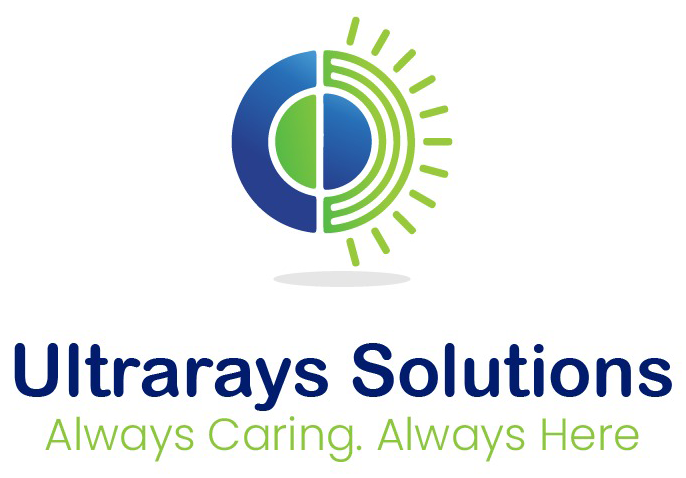As of my knowledge cutoff in September 2021, the Atomic Energy Regulatory Board (AERB) in India provides guidelines and regulations for the safe use of medical radiation equipment, including CT (Computed Tomography) scanners in hospitals. However, please note that specific rules and regulations may have been updated or revised since then. It is always important to refer to the latest guidelines issued by the AERB or consult with the appropriate authorities for the most up-to-date information.
In general, the AERB guidelines for CT scanner rooms in hospitals focus on radiation safety, shielding requirements, and operational procedures to protect both patients and staff. Here are some key aspects that are typically addressed:
- Room Design and Shielding: The CT scanner room should be designed and constructed to provide adequate shielding against radiation. The walls, floor, and ceiling should have appropriate shielding materials to minimize radiation leakage. The shielding requirements are based on factors such as the maximum tube current and voltage used, workload, occupancy factors, and distance from the scanner.
- Control Area: The CT scanner room is considered a “Control Area” where radiation levels may exceed the public dose limits. Access to this area should be restricted to authorized personnel only. The area should be clearly marked and equipped with appropriate warning signs.
- Radiation Safety Officer (RSO): The hospital should appoint a Radiation Safety Officer who is responsible for ensuring compliance with radiation safety regulations, monitoring radiation levels, and implementing safety procedures.
- Personnel Training: All personnel involved in the operation and maintenance of CT scanners should receive appropriate training in radiation safety, including the safe handling of radioactive materials, radiation protection principles, and emergency procedures.
- Patient and Staff Safety: Adequate measures should be taken to minimize radiation exposure to patients and staff. This includes using appropriate scanning protocols, optimizing imaging techniques to reduce radiation dose while maintaining image quality, and implementing proper patient positioning and immobilization techniques.
- Quality Assurance and Quality Control: Regular quality assurance and quality control procedures should be performed to ensure the proper functioning of the CT scanner and to verify that radiation doses are within acceptable limits. This includes routine performance checks, calibration, and maintenance of the equipment.
- Record-Keeping and Reporting: Detailed records of CT scanner installations, inspections, and maintenance should be maintained. Any incidents or accidents related to radiation exposure should be reported to the AERB as per the regulatory requirements.
It is important to note that these guidelines are specific to India and may vary in other countries. Additionally, there may be additional regulations and guidelines specific to individual states or regions within India. Therefore, it is essential to refer to the latest AERB publications or consult with local regulatory authorities for accurate and up-to-date information.
